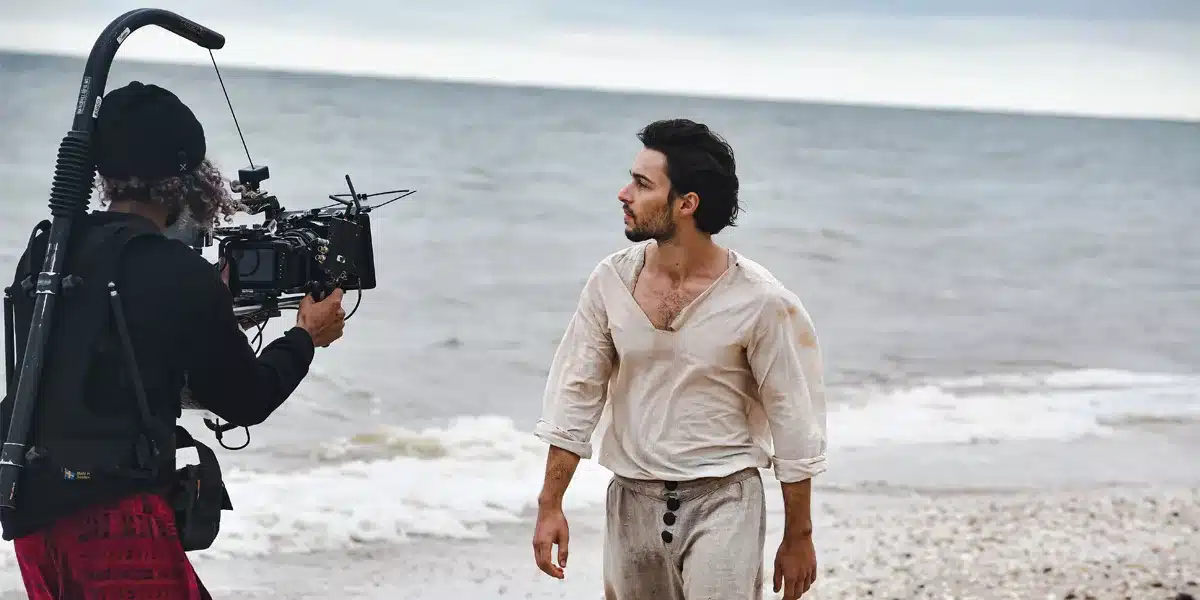Intense Suspense and Unveiled Secrets Await in the Gripping Psychological Thriller, Trigger
For those who relish the thrill of a heart-pounding psychological thriller, Margo Ervand’s latest offering, “Trigger,” promises a journey into the depths of suspense and mystery. In this captivating novel, Margo Ervand’s storytelling prowess shines as she expertly weaves a tale that will ensnare readers from the first page to the very last.
“Trigger” beckons readers into a world where the line between reality and illusion blurs, and the human mind’s darkest corners are explored. The story unfolds in the sprawling, enigmatic landscape of Los Angeles, setting the stage for a narrative rife with twists, turns, and psychological intrigue.
The protagonist, Sheila Nelson, initially presents as an ordinary individual, leading a routine life filled with mundane days. Yet, her existence takes a chilling turn when she experiences a day she can’t remember—a day so ordinary, or perhaps so disturbing, that it eludes her memory. This missing day raises an unsettling question: could it be just as unremarkable as the rest of her seemingly mundane life, or does it harbor dark secrets that she has repressed?
Margo Ervand skillfully draws readers into Sheila’s perplexing world, where dreams of confining a terrified, vulnerable girl in a concealed, damp basement haunt her. These dreams are vivid and unsettling, as Sheila can vividly perceive the girl’s fear and even sense the weight of a razor in her hand. Are these dreams a manifestation of her overactive imagination, or is Sheila somehow retrieving long-buried fragments of her memory? The accident that erased her memory might not be the only sinister secret she hides. The enigmatic veil shrouding Sheila’s past and her deepest fears keeps the reader hooked, craving answers with each page turned.
As the narrative progresses, the reader’s sense of unease deepens. Sheila’s life begins to unravel as she is confronted with her own deteriorating sanity, and she becomes enmeshed in a complex and unsettling conspiracy. Margo Ervand expertly orchestrates the tension, keeping readers on the edge of their seats as they navigate the labyrinthine plot, never sure what is real and what is illusion.
One of the distinguishing features of “Trigger” is the cast of characters, each with their own intricate layers and motives. From Sheila herself to the enigmatic individuals she encounters, Margo Ervand carefully develops these characters, rendering them in three-dimensional depth. This multifaceted approach to character development adds layers of complexity to the narrative, evoking a rollercoaster of emotions in the reader as they grapple with each character’s motivations and shifting loyalties.
Critics and early readers have showered “Trigger” with praise for its expertly plotted storyline, the richly drawn characters, and an overall atmosphere of suspenseful urgency. Margo Ervand’s talent for crafting psychological thrillers that keep readers guessing until the final revelation is on full display in this latest masterpiece.
Indeed, “Trigger” has already generated considerable attention in literary circles and is poised to be a breakout success in the psychological thriller genre. Margo Ervand’s knack for exploring the darker aspects of human nature with intelligence and thought-provoking depth makes this book a must-read addition to the bookshelves of those who enjoy getting lost in a gripping, mind-bending narrative.
Readers across the nation can now immerse themselves in the pages of “Trigger,” as the book is available in bookstores nationwide, including major retailers like Amazon and Barnes & Noble. To purchase the book and embark on this enthralling journey into the depths of the human mind, you can visit Amazon.
About The Author:
Margo Ervand is an author renowned for her ability to craft gripping psychological thrillers that defy conventions and push the boundaries of the genre. Her unique talent for delving into the darkest corners of the human mind has earned her a devoted readership. With “Trigger,” she continues to captivate readers with her enthralling storytelling, showcasing a mastery of the psychological thriller genre that sets her apart as a true literary talent.
To connect with Margo Ervand and explore more of her work, you can visit her on Goodreads.
Intriguing Fact:
In the spring of 2023, Margo Ervand faced an unexpected and troubling challenge when her book, “Temptations of Loneliness,” was forcibly withdrawn from all Russian bookshelves, both in physical stores and online platforms. This move came in response to Russia’s new legislation passed on November 24, 2022, which banned “LGBT propaganda” for people of all ages. The bill extends its reach beyond the controversial 2013 law that primarily targeted minors and now criminalizes “non-traditional sexual relations” among people of all ages.
The consequences for individuals and organizations found in violation of this law are severe, with fines reaching up to ₽400,000 RUB (equivalent to approximately $4,400 USD) for individuals and up to ₽5,000,000 RUB (roughly $55,225 USD) for organizations. Ervand’s book, known for its exploration of diverse characters and themes, fell afoul of the legislation due to the inclusion of a gay hero.
This incident underscores the power of literature to challenge societal norms and provoke dialogue. Margo Ervand’s work, like “Trigger,” consistently pushes boundaries and invites readers to contemplate the complexities of the human experience. It is a testament to the enduring relevance and impact of literature in our world, even in the face of significant societal challenges.
For a closer look at Margo Ervand’s literary world and to stay updated on her latest works, you can follow her on Instagram.









